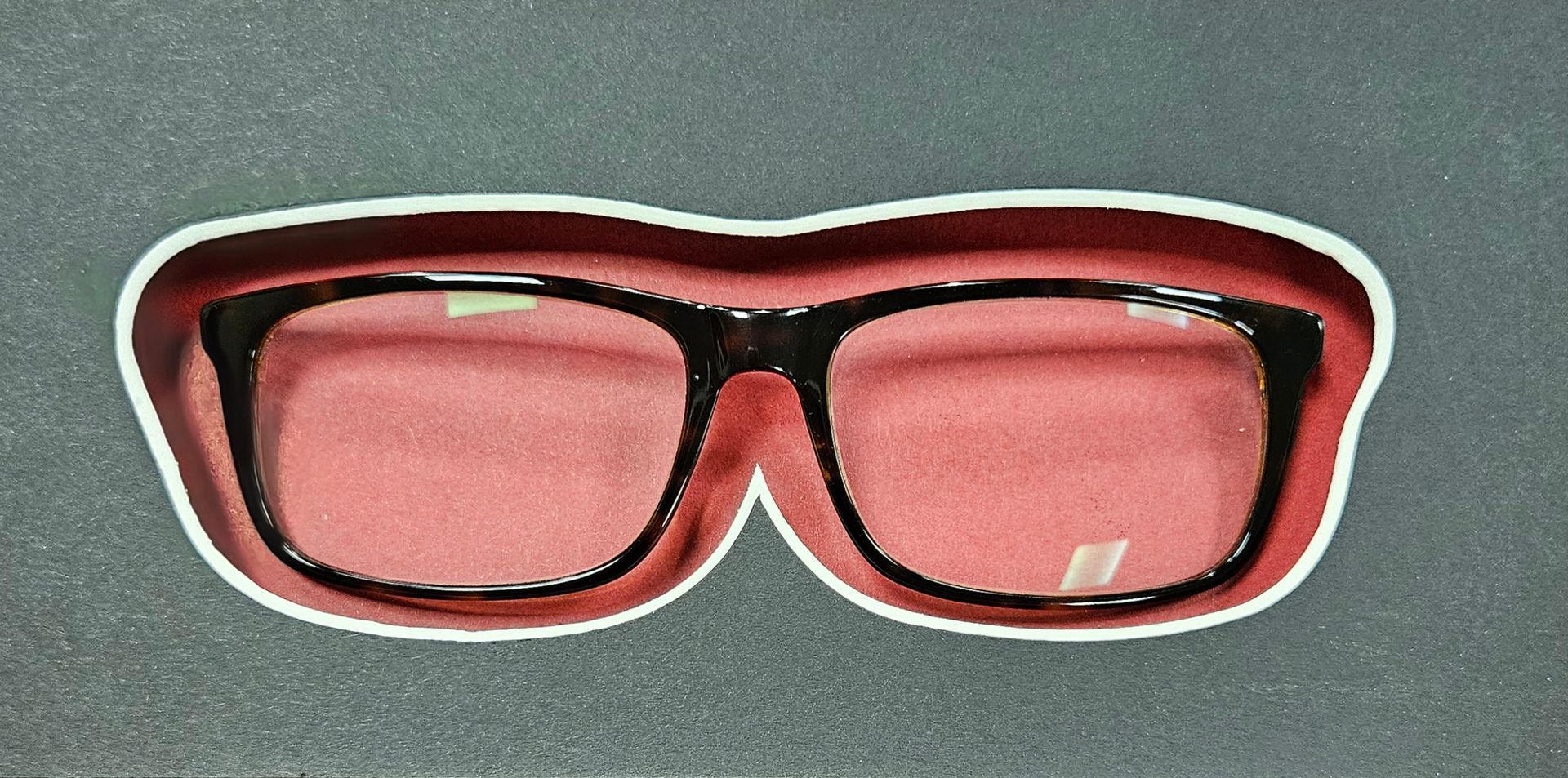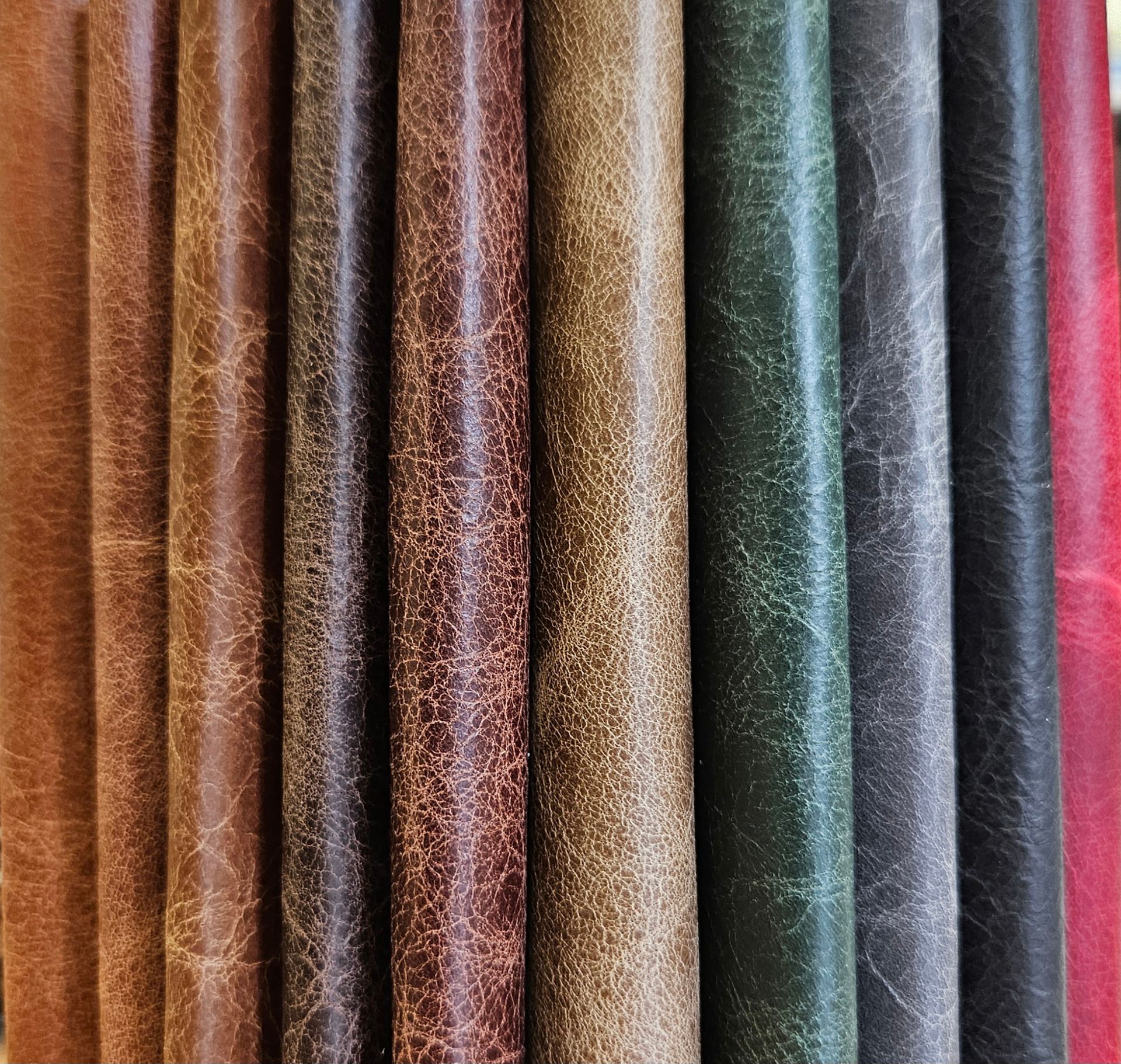Preservation for the Next Generation with Antique Restoration
Whether you are a collector, a homeowner with a piece of antique furniture passed down through the generations, or simply someone who has come across a unique and interesting piece second hand, restoring an antique piece can breathe new life into it and give it a new place in your home or collection.
Before we begin any restoration project, it is important to consider the condition of the piece and the extent of the work that needs to be done. Some pieces may only need a light cleaning and a coat of wax, while others may require extensive repairs or even complete rebuilding. We can assess the piece and provide an estimate for the work that needs to be done.
A thorough cleaning is often the first step in bringing furniture back to life. Dirt, grime, and years of neglect can take a toll on a piece. For most pieces, a gentle cleaning with a mild soap and warm water will do the trick. However, some pieces may require more specialised cleaning methods, such as using a mild acid solution to remove tarnish from metal hardware.
An important aspect of antique furniture restoration is repair. Some pieces may need only minor repairs, such as replacing a missing knob or patching a small hole in a piece of veneer. Others may require more extensive repairs, such as rebuilding a broken leg or replacing a missing piece of a piece's structure. It is vital to consult a professional who has experience with antique furniture restoration.
Finally, we must consider the finish of the piece. Many antique pieces have a beautiful patina that develops over time, and it is important to preserve that patina if possible. For pieces that are in good condition, a light coat of wax may be all that is needed to bring out the beauty of the wood. For pieces that are in need of more extensive restoration, it may be necessary to strip the finish and apply a new finish.
Antique furniture restoration can help preserve the beauty and craftsmanship of older pieces. Whether you are a collector, a homeowner, or simply someone who has come across a unique piece, restoring an antique piece can breathe new life into it and give it a new place in your home or collection. Always consult a professional conservator or restorer, we can assess the piece and provide an estimate for the work that needs to be done. With the right care and attention, you can enjoy your antique piece for years to come.




